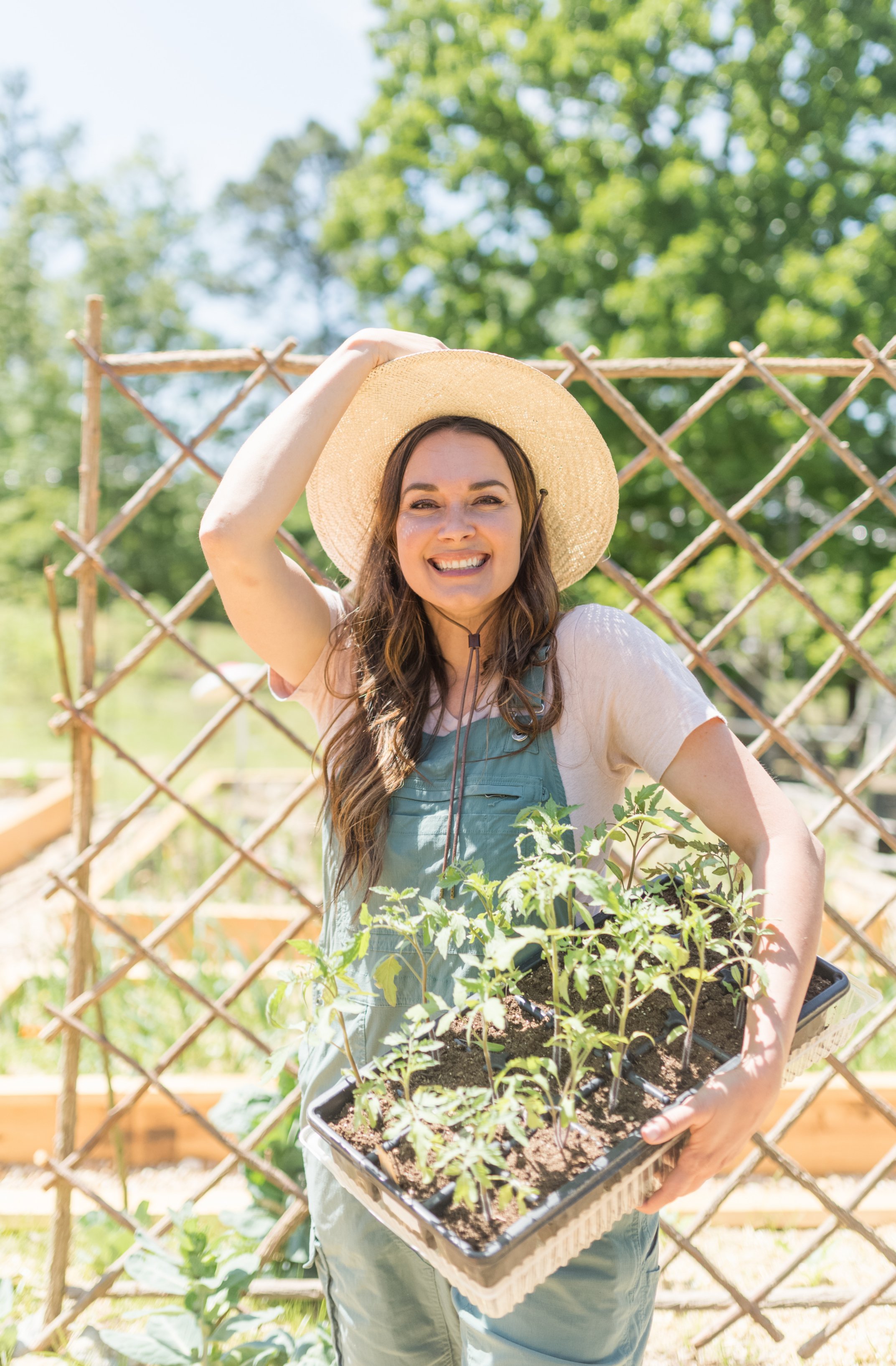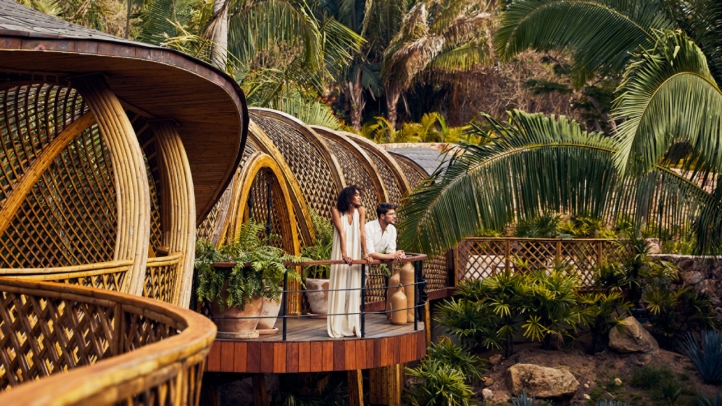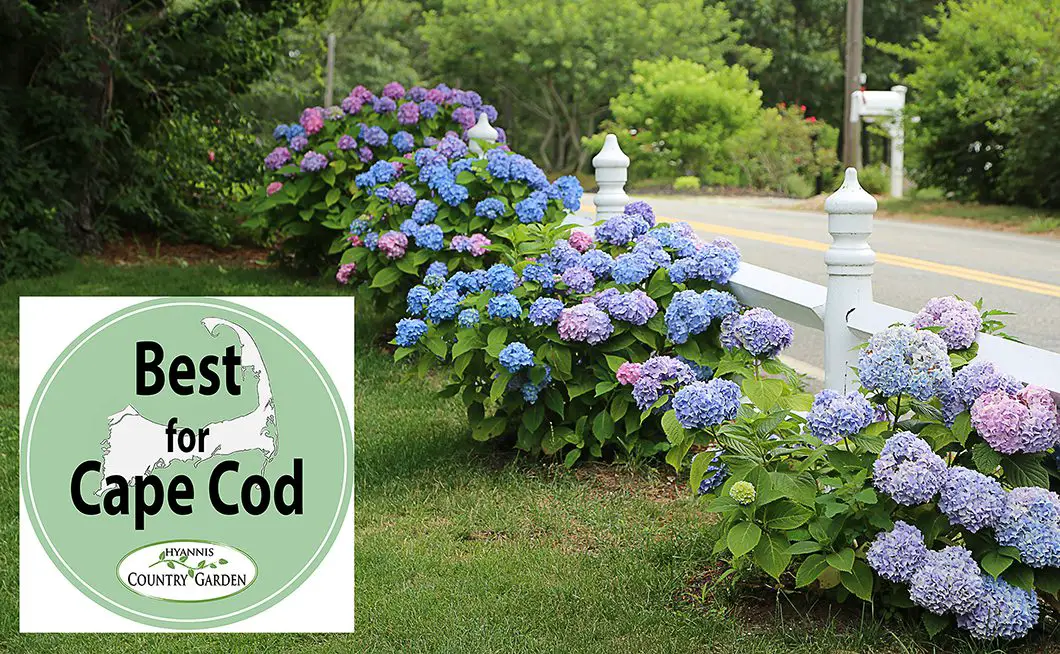Choosing the best aspect for your garden is crucial. It can impact plant health and growth.
Which garden aspect is best? The answer depends on various factors. Sunlight, climate, and plant types all play a role. North, south, east, or west-facing gardens each have their pros and cons. Understanding these can help you create a thriving garden.
In this blog, we will explore different garden aspects. We’ll discuss their benefits and challenges. By the end, you will have a clear idea of which aspect suits your garden best. Let’s dive in and find the perfect spot for your green haven.

Credit: www.azurefarmlife.com
Choosing The Right Aspect For Your Garden
Choosing the right aspect for your garden is essential. Sunlight is crucial for plant health. Different plants need different amounts of sunlight. Knowing where to place your garden can make a big difference. Some plants need full sun. Others prefer partial shade. Consider the direction your garden faces. North, south, east, or west all matter. Each direction offers different light levels. This can affect plant growth.
Sunlight is vital for photosynthesis. This is how plants make food. Without enough light, plants won’t thrive. They may grow weak or not bloom. Too much sun can be harmful too. Some plants can get sunburned. Find the right balance for your garden. Observe how much light each area gets. Adjust your planting spots based on this. Happy plants mean a happy garden.
North-facing Gardens
North-facing gardens get less sunlight. They stay cooler and more shaded. The soil often stays moist. This can be great for certain plants. Shade-loving plants thrive here. Ferns and mosses do well. The garden may look lush and green. Colors may be softer. Cool tones of green and blue often stand out.
Hostas are perfect. Their leaves are large and beautiful. Ferns add a wild look. Astilbes bring color with their flowers. Hydrangeas love the shade too. Their blooms are big and bold. Camellias can add winter interest. Their flowers come in many colors. Heucheras are good for ground cover. Their leaves come in many shades. These plants thrive in the cool, moist conditions.
South-facing Gardens
South-facing gardens get a lot of sun. They are warm and bright. This makes them perfect for many plants. The soil dries out quickly, so watering often is needed. These gardens can be very hot in summer. Shade is sometimes needed for delicate plants.
Plants that love sun do well here. Lavender, roses, and succulents are great choices. Tomatoes and peppers also thrive. Herbs like basil and rosemary grow well too. Always choose plants that can handle heat. Mulching helps keep the soil moist.

Credit: www.facebook.com
East-facing Gardens
East-facing gardens get the morning sun. This makes them cooler by afternoon. Perfect for plants that like gentle sunlight. These gardens also have less harsh light. Easier to manage soil moisture. They can be great for shade-loving plants.
Hostas thrive in these gardens. Ferns are also a good choice. Astilbes love the gentle morning sun. Hydrangeas can bloom well here too. Bleeding hearts add color to your garden. Impatiens are another good pick.
West-facing Gardens
West-facing gardens get lots of sunlight. They are warm in the afternoon. This makes them great for many plants. They are cooler in the morning. This can help plants wake up slowly. But, strong sun in the afternoon can dry the soil. Watering is important.
Some plants love the sunlight. These include roses, sunflowers, and lavender. Herbs like rosemary and thyme also do well. Succulents are a good choice too. They need less water. These plants can handle the heat well.
Maximizing Growth With Proper Aspect
Plants need both light and shade. Light is important for growth. Shade protects from too much sun. Morning sun is best for many plants. Afternoon shade helps keep them cool. South-facing gardens get the most sun. North-facing gardens get the least. East-facing gardens get morning sun. West-facing gardens get afternoon sun. Balancing light and shade helps plants grow strong.
Soil is important for plants. Good soil helps them grow. Different soils work better in different aspects. Sandy soil drains well. Clay soil holds water. Loamy soil is a mix of both. Soil in sunny spots can dry out fast. Soil in shady spots stays moist. Knowing your soil helps you choose the right plants.
Common Mistakes To Avoid
Understanding microclimates in your garden is important. Different areas can have different conditions. For example, one spot may get more sunlight. Another may stay shady. Ignoring these can lead to poor plant growth. Plants need the right conditions to thrive. Study your garden’s microclimates. This helps in choosing the right plants. Remember, each plant has its own needs.
Seasons affect your garden a lot. Plants grow differently in different seasons. Some plants love the summer sun. Others do better in the cool spring. Ignoring this can harm your plants. Plan your garden with seasons in mind. Choose plants that match each season. This ensures your garden stays healthy and beautiful all year.

Credit: press.fourseasons.com
Expert Tips For Garden Success
Choose plants suited to your climate. Local plants often grow best. Check soil type before planting. Well-draining soil helps most plants thrive. Water plants early in the morning. This reduces water loss. Mulching helps retain moisture. It also controls weeds.
| Tool | Use |
|---|---|
| Gloves | Protect hands while gardening |
| Trowel | Dig small holes for plants |
| Pruners | Trim plants and remove dead growth |
| Watering Can | Water plants gently |
Frequently Asked Questions
What Is The Best Garden Aspect?
The best garden aspect depends on the plants you wish to grow. South-facing gardens receive ample sunlight, ideal for sun-loving plants. North-facing gardens are cooler and shaded, perfect for shade-tolerant plants.
How Does Garden Aspect Affect Plants?
Garden aspect impacts sunlight exposure, temperature, and wind. South-facing gardens receive more sunlight, promoting growth. North-facing gardens are cooler and shaded, suitable for shade-loving plants.
Which Plants Thrive In A South-facing Garden?
Sun-loving plants like tomatoes, roses, and lavender thrive in a south-facing garden. These plants need ample sunlight to grow healthily and produce flowers or fruits.
Can I Grow Vegetables In A North-facing Garden?
Yes, you can grow vegetables in a north-facing garden. Choose shade-tolerant vegetables like spinach, kale, and lettuce. These vegetables do well with less sunlight.
Conclusion
Choosing the best garden aspect depends on your plants and lifestyle. North-facing gardens get less sun, perfect for shade-loving plants. South-facing gardens thrive with sun-loving flowers and vegetables. East-facing gardens enjoy morning sun, ideal for early risers. West-facing gardens have warm afternoon light, great for evening relaxation.
Assess your garden space, sunlight, and plant needs. Select the aspect that matches your preferences and gardening goals. Happy gardening!

My mission is to help you bring the beauty of nature indoors with expert advice, detailed plant care guides, and creative design ideas.





Leave a Reply